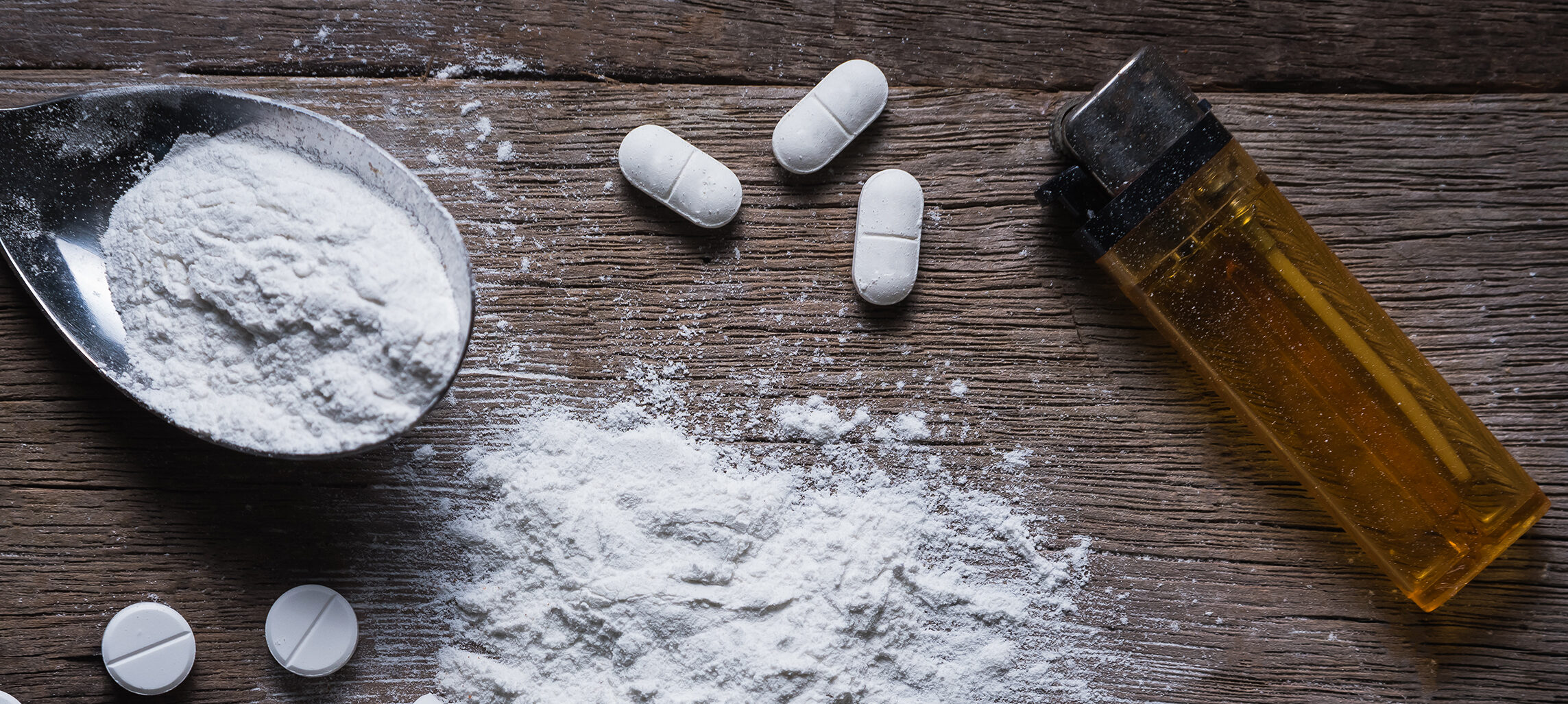Early in 2000, state public health surveillance identified a surge of deaths in North Carolina. The Centers for Disease Control and Prevention conducted an investigation into the increase, finding the main driver was unintentional drug overdoses from prescription drugs.
In 2003, the Governor created the Task Force to Prevent Deaths from Unintentional Drug Overdoses, which helped establish the North Carolina Controlled Substances Reporting System (CSRS), which was the state’s prescription drug monitoring program (PDMP).
Since then, North Carolina has implemented a variety of measures to prevent deaths from drug overdoses. With increased access to data from the PDMP and a brighter light shined on the issue, public health continued to collect data, finding, in 2007, that Wilkes County, in the northwest part of the state, had the third highest drug overdose death rate in the country.
Child Fatality Task Force
North Carolina’s Child Fatality Task Force (CFTF)—a standing committee of the general assembly that is composed of 10 legislators and numerous technical advisors—is essentially the policy component of the state’s child death review system.
CFTF provides a unique opportunity for the public health community to present data and bring in outside experts, including law enforcement and subject matter and harm reduction experts. Everyone sits in a room, discusses policies and gets on the same page. Most bills addressing the overdose epidemic since 2010 have come from CFTF, including revisions to CSRS and increasing/improving naloxone access laws.
Project Lazarus
Established in 2007, Project Lazarus— a public health model based on the twin premises that overdose deaths are preventable and that all communities are responsible for their own health—was one of the first initiatives designed to respond to the extremely high overdose mortality rates in Wilkes County.
“Project Lazarus Offers Communities & Individuals Access To:
- Coalition formation, capacity building, & sustainability.
- Chronic pain management.
- Safe prescribing practices for providers.
- Opioid overdose education, awareness, & safe medication usage materials.
- Naloxone, the opioid overdose rescue medication.
- Project Pill Drop, a community based medication disposal program.
- Lazarus Recovery Services, a peer guided recovery support program.
- Local & state data on overdose and poisoning rates.
- Local & state funding sources for overdose prevention work.”
The University of North Carolina Injury Prevention Research Center (UNC IPRC) evaluated Project Lazarus and found an initial drop in the overdose death rate of 40 percent, which grew to a 69 percent decline in 2011. The program has since be brought statewide.
University of North Carolina Injury Prevention Research Center
The University of North Carolina Injury Prevention Research Center (UNC IPRC) is a key partner in addressing the overdose epidemic. UNC IPRC provides evaluation, research, training, and technical assistance to partners and programs working to combat the opioid epidemic.
Drug Takebacks
In 2009, Safe Kids North Carolina, located in the Office of the Chief Fire Marshall worked with the State Bureau of Investigation and a diverse group of partners to develop Operation Medicine Drop. Since its establishment, Operation Medicine Drop has collected and safely disposed of 89.2 million pills at more than 2,000 events and established a network of permanent drop boxes that serve most counties in the state.
NC DHHS noted that drug takeback programs are a great way to get the community involved and raise public awareness of the issue—it gives everyone a little skin in the game when they realize that items in their medicine cabinet could be fueling the drug epidemic. This process helped move the conversation upstream to ensuring people knew of the problems and the steps they could take to prevent people from developing a substance use disorder.
PDMP
North Carolina has worked to improve CSRS to be a valuable tool to prescribers and dispensers to better manage pain and appropriate prescribing. In 2012, the Child Fatality Task Force convened a study group that resulted in the Revision to the CSRS Law in 2013. They added delegate accounts, shortened the time dispensers have to report data, and enabled proactive reporting from CSRS to licensing boards and prescribers.
In 2014, the Program Evaluation Division of the General Assembly conducted an extensive evaluation of CSRS, concluding that further funding and improvements of CSRS should be included in the state budget bill of 2015.
In 2017, the STOP Act— the most comprehensive bill in the state to address the opioid epidemic—became law. The Act includes mandated use of CSRS, limits on prescribing opioids in line with CDC’s Prescribing Guidelines, expansion of naloxone distribution, and numerous other provisions to address the opioid epidemic.
To develop the Act and identify evidenced-based strategies, NC DHHS worked with UNC IPRC, CDC’s Prevention for States Program, and national experts, including Corey Davis at the Network for Public Health Law.
The 911 Good Samaritan Law/Naloxone Access Act
Expanding access to naloxone has been an important part of North Carolina’s strategy to address the overdose epidemic and was a founding principle of Project Lazarus. The North Carolina Harm Reduction Coalition (NC HRC) has worked with the Law Enforcement community to gain their support for enactment of a series of naloxone laws since 2013.
Since the successful passage of naloxone-related legislation, NC HRC distributed more than 41,000 overdose rescue kits and confirmed 7,408 overdose reversals in North Carolina. Working with law enforcement agencies to develop naloxone programs has resulted in 164 law enforcement agencies with officers carrying naloxone and 403 reported law enforcement reversals by naloxone.
In 2016, the Naloxone Standing Order Law—enables any pharmacy in the state to offer naloxone without a prescription under the state health director’s standing order—Became law. The Standing Order Law was developed in response to requests from the retail pharmacy industry, which wanted to easily offer naloxone in their pharmacy outlets across the state.
After passage, DHHS developed a resource web site with UNC IPRC that contains technical resources on how to use the standing order. Nearly 1,400 pharmacies in the state offer naloxone under the standing order law.
The 911 Good Samaritan Law waived prosecution for individuals experiencing or witnessing an overdose who seek help by calling 911. The law also removed civil liabilities for doctors who prescribe naloxone and bystanders who use naloxone to attempt to save someone’s life and allowed community organizations to dispense naloxone with medical provider oversight.
Syringe Exchange
In 2016, North Carolina became the first state in the south to legalize syringe exchanges with passage of House Bill 972.
The years of work on harm reduction and everyone working together broke down the historical resistance of syringe exchanges and they were able to decriminalize needles. Advocates performed demonstration projects and worked with law enforcement early to identify legislation that the law enforcement community would find acceptable and help them in their daily work.
In addition, the argument was made that needle exchanges could save the state money—DHHS noted that Medicaid charges for Hepaticas C treatment went from $3.8 million in 2011 to $85 million in 2016
Following the legalization of the syringe exchanges, DHHS developed the Safer Syringe Initiative and registered 22 syringe programs in the first year of the law—reaching 19 counties.
Initially, to pass the Bill, language was included that prohibited the use of public funds to support exchanges. When the STOP Act passed, it included provisions that only prohibited the use of “State Funds,” enabling local health departments and other governmental units to use local funds to do needle exchange.
The DHHS sees needle exchanges and drug take programs as a way for communities to take direct action in the overdose epidemic.






